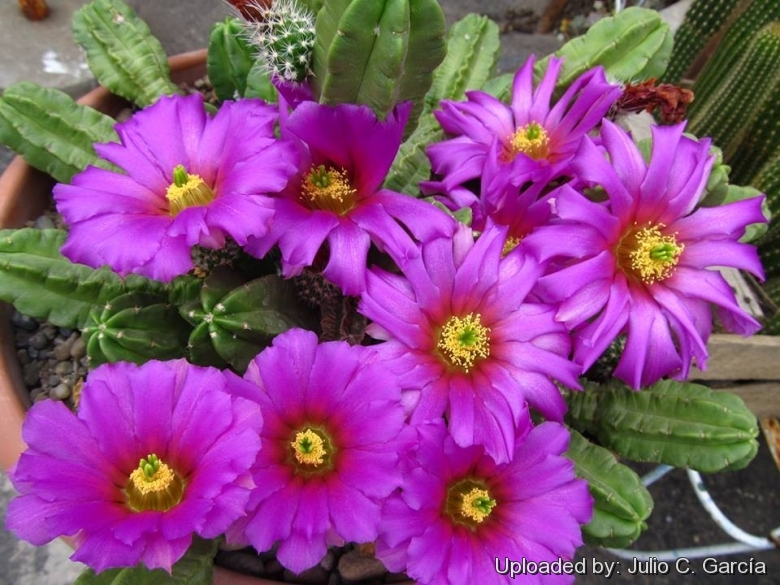
Echinocereus viereckii subs. morricalii Photo by: Julio C. García
Origin and Habitat: Mexico (Nuevo Leon, Monterrey)
Synonyms:
See all synonyms of Echinocereus viereckii
Description: Echinocereus viereckiiSN|21819]]SN|21819]] subs. morricalii is a clustering specie branching profusely from the base with almost spineless stems.
Stems: Up to 50 cm long, 7.5 cm in diameter, soft , cylindrical ± tapering toward the tips erect to sprawling Yellowish-green to bright green that will hold purple colour with enough bright light, During the winter rest they become wrinkled and flabby from lack of water and shrink up about 1/3 their size as they consume their stored water. With regular water they plump up quickly.
Ribs: 6-7 even non-tuberculate.
Spines: Almost spineless, the spine if present are very short, yellowish up to 2mm long.
Flowers: Magnificent magenta from the sides of the stems, short-funnellform, very large up to 10 cm in diameter or more. The flowers on all subspecies are Bright magenta.
Blooming season: Blossoms in May.
Fruit: Globose, green, fleshy.
Subspecies, varieties, forms and cultivars of plants belonging to the Echinocereus viereckii group
Bibliography: Major references and further lectures
1) Guadalupe Martínez, J. 2013. Echinocereus viereckii. The IUCN Red List of Threatened Species. Version 2014.3. <www.iucnredlist.org>. Downloaded on 28 November 2014.
2) Edward F. Anderson "The Cactus Family." Timber Press, Portland (Oregon) 2001
3) Curt Backeberg, Frederik Marcus Knuth: “Kaktus-ABC. En haandbog for fagfolk og amatører.” Kopenhagen 1936
4) Ulises Guzmán, Salvador Arias, Patricia Dávila “Catálogo de cactáceas mexicanas.” Universidad Nacional Autónoma de México, Mexiko-Stadt 2003
5) Werdermann: Kakteenkunde Organ der Deutschen Kakteen-Gesellschaft E.V., Berlin 1934, page. 188
6) Říha: Kaktusy (Brno). 11: 75 1974
7) W. Blum, M. Lange, W. Rischer, J. Rutow "Echinocereus" Preprint, 1998
8) James Cullen, Sabina G. Knees, H. Suzanne Cubey "The European Garden Flora Flowering Plants: A Manual for the Identification of Plants Cultivated in Europe, Both Out-of-Doors and Under Glass" Cambridge University Press, 11/Aug/2011
9) David R Hunt; Nigel P Taylor; Graham Charles; International Cactaceae Systematics Group. "The New Cactus Lexicon" dh books, 2006
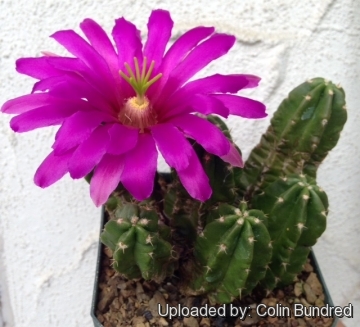 Echinocereus viereckii subs. morricalii Photo by: Colin Bundred
Echinocereus viereckii subs. morricalii Photo by: Colin Bundred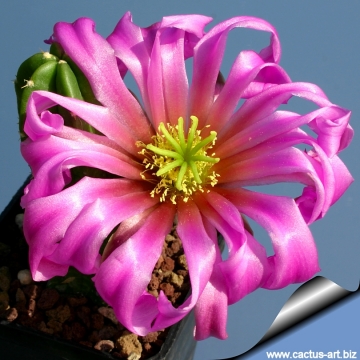 Echinocereus viereckii subs. morricalii Photo by: Cactus Art
Echinocereus viereckii subs. morricalii Photo by: Cactus Art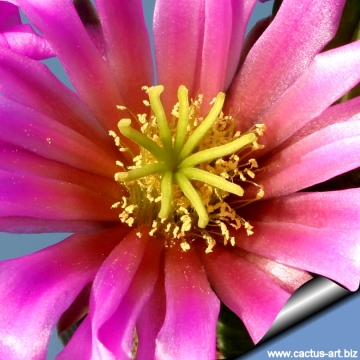 Echinocereus viereckii subs. morricalii Photo by: Cactus Art
Echinocereus viereckii subs. morricalii Photo by: Cactus Art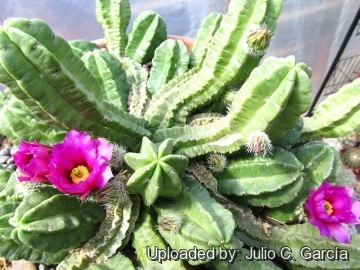 Echinocereus viereckii subs. morricalii Photo by: Julio C. García
Echinocereus viereckii subs. morricalii Photo by: Julio C. García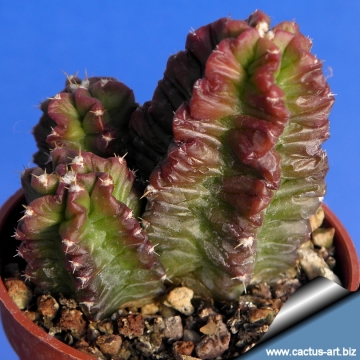 Echinocereus viereckii subs. morricalii Photo by: Cactus Art
Echinocereus viereckii subs. morricalii Photo by: Cactus Art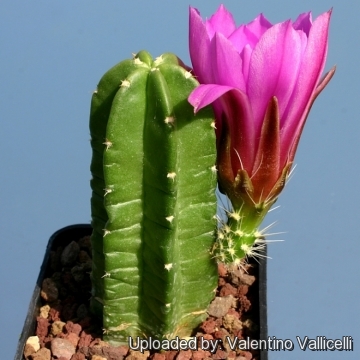 - it is a very fine sight in bloom, having few equals within the genus Echinocereus. Photo by: Valentino Vallicelli
- it is a very fine sight in bloom, having few equals within the genus Echinocereus. Photo by: Valentino Vallicelli Echinocereus viereckii subs. morricalii Photo by: Cactus Art
Echinocereus viereckii subs. morricalii Photo by: Cactus Art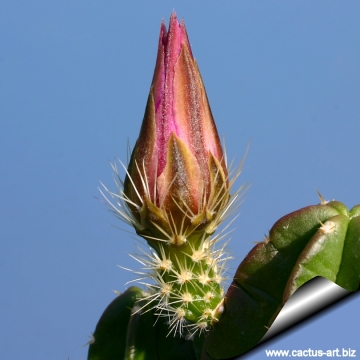 Echinocereus viereckii subs. morricalii Photo by: Cactus Art
Echinocereus viereckii subs. morricalii Photo by: Cactus ArtCultivation and Propagation: This cactus is widely cultivated for its flowers, it is among the easiest species to grow, flower and propagate. Indicated for full sun exposure. Water regularly from March to October. Rot prone in winter, it needs good drainage, It should be kept in a cool place during winter rest (it can briefly tolerate temp. as low as -7°C). Without this cool winter period these plants normally won't get many buds. Clustering, great for a hanging display. Stems may possibly become purple and limp in winter, but revitalize in early spring.
Propagation: Seeds or cutting.
Your Photos

by Valentino Vallicelli
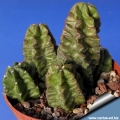
by Cactus Art




















